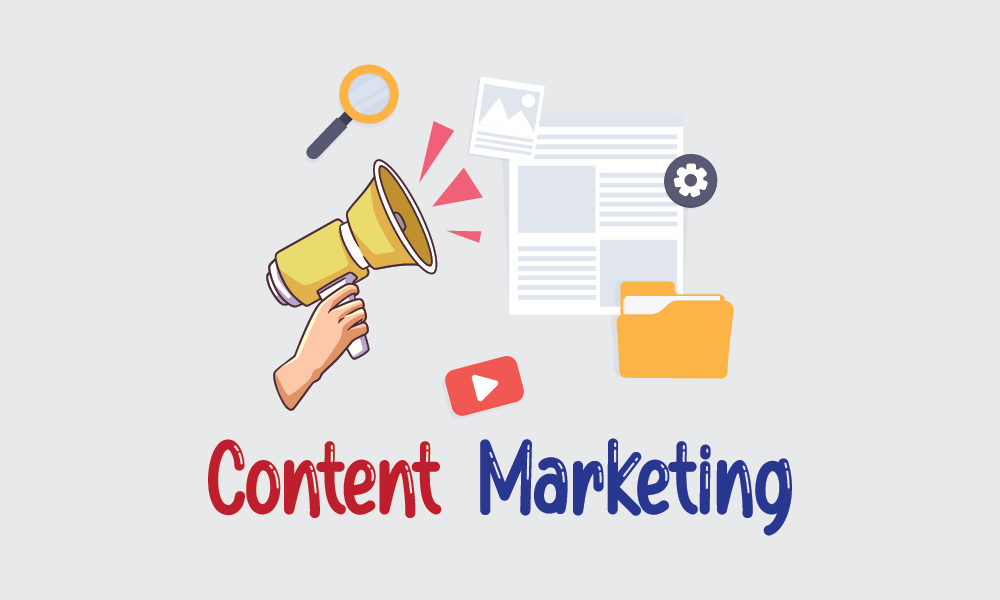What is Infographic?
The term “Infographic” is the combination of two periods of “Info” and “Graphic.” To clarify, info means Information, and graphics are visual art. In short, an Infographic is a visual art representing Information about any product or service.
An infographic is an artistic design that combines text and images to create a visual image that reflects the inner action of the content. It helps a viewer realize the internal Information that is desired to understand the views
.How do you design an infographic?Infographics are typically designed with text and graphic elements creatively to represent various information you want. To create a compelling infographic, you need to go through the ideas-
- Firstly, you should develop a complete concept of the topic you will design for the audience.
- Secondly, think with your creative head because your image has to speak with the audience.
- You can also use it in your infographic text and images. The text must summarize the thought. Combining the two will create an artistic life that expresses the inner view.
How does an infographic boost your content marketing?
The infographic is one kind of content. That means it is another idea to boost your business. Content marketing refers to a marketing idea to connect your targeted customers.
An infographic is a significant component of content marketing and is one way to reach customers. To boost your online business, you have to use various ideas. Content marketing is one of them.
How does an infographic help boost your business?
An infographic is neither text content nor video content. It only images content to be read it. The readers can pick up the answer they are exploring by reading the picture. Since visual art represents information for the audience, it saves time and rests the brain.
Most clients don’t take much time to understand your service and products, so an infographic is for them. I have designed an infographic to clarify your concept about infographics. Keep your eyes on the visual art and clear your conception of infographics.

After reading the infographic, I hope you have a clear idea about the infographic. In the visual graphic, I tried to portray a flow of content marketing. And I also tried to understand the value of in content marketing.
You cannot avoid SEO ideas if you desire to boost your business using content marketing ideas. How can you take your business to the next level online without applying the SEO formula?
SEO is essential for boosting your business. Create content following SEO ideas to boost your business.
How did the infographic represent the content marketing ideas?
The infographic’s top includes an image titled “Content Marketing.” In the art, I have used a down arrow to indicate a flow one by one. Under the title, I used a filter that indicates SEO ideas. When a content creator applies his SEO formula to create his content, he has SEO-friendly articles, videos, and images.
All SEO-friendly elements combine SEO-friendly content that must have a rank on search engines and drive massive traffic. Huge traffic means enormous revenue. The infographic carries excellent information for a content creator and reflects an indescribable value.
How important is an infographic in content marketing?
Content for promoting a business plays a significant role in online business. Boosting huge sales when you use any content is called content marketing. An infographic is a kind of content that promotes your business.
Now you are clear about what an infographic is and how it works. In this part, I will go through some steps to emphasize the importance of infographics in content marketing.
Infographic in content marketing
The primary purpose of content marketing is to connect with the right customers. Content is a component of marketing that helps you reach the audience. When the content creates value for the audience, it can return a result. The result must be your benefit from the content.
Infographics are content that can generate huge sales. You may ask, how?
An infographic is a visual art representing information you desire to show customers. On the other hand, few people read elaborate articles to pick up the exact information if you can provide the precise information according to the audience’s requirements.
Otherwise, sharing the brand’s features boosts your brand value to the audience. Think about how easily and in less time you can reach the exact message to the audience. That is impossible in another way in content marketing.
Otherwise, sharing the brand’s features and activities boosts your brand value to the audience. Think about how easily and in less time you can reach the exact message to the audience. That is impossible in another way in content marketing.
An infographic gives customers your brand quality and information to help them understand your products. Though it represents a group of data that massages you through an image, it is easy to understand. However, you must know how to design an infographic to make the audience understand its purpose.
A high-quality infographic in content marketing
A high-quality infographic plays a significant role in SEO and promotion. All images are not shareable. The audience can share the infographic in the term as it carries a group of data for the audience. When it makes value for one, he keeps it bookmarked or shares it on social media. And it is an excellent signal for SEO performance. On the other hand, most bloggers or business owners who run the same business or blog use your infographic on their website, providing credit to you.
Benefits of Using Infographics
Increased Brand Awareness
Content marketing allows businesses to showcase their expertise, values, and personality to a broader audience. Through informative and engaging content, businesses can establish themselves as authorities in their industry, thus increasing brand visibility and recognition.
Improved Audience Engagement
High-quality content resonates with target audiences, encouraging them to interact with the brand through comments, likes, shares, and other forms of engagement. This two-way communication fosters more robust relationships with customers and prospects, leading to increased loyalty and advocacy.
Improved SEO Performance
Creating relevant and valuable content is crucial for improving search engine rankings. By optimizing content with relevant keywords, internal linking, and other SEO best practices, businesses can attract organic traffic to their website and improve their visibility in search engine results pages (SERPs).
Lead Generation and Conversion
Content marketing provides opportunities to educate, inform, and inspire potential customers throughout their buying journey. Businesses can attract qualified leads and guide them toward conversion by delivering valuable content tailored to their needs and pain points.
Cost-Effectiveness:
Content marketing offers a higher return on investment (ROI) than traditional advertising methods. With careful planning and ution, businesses can create and distribute content relatively cheaply while achieving significant brand awareness, lead generation, and customer acquisition results.
Establishing Thought Leadership:
Consistently producing high-quality content on relevant topics helps businesses position themselves as thought leaders. This builds trust and credibility among their target audience, increasing authority and influence within their niche.
Measurable Results and Analytics:
Content marketing provides valuable insights into audience behaviour, content performance, and campaign effectiveness through analytics tools. By tracking key metrics such as website traffic, engagement rates, conversion rates, and ROI, businesses can refine their strategies and optimize their content for better results.
Types of Content in Content Marketing
Types of Content in Content Marketing:
Blog Posts: Written articles published on a company’s website or blog platform. They provide valuable information, address customer concerns, and establish authority in the industry.
Infographics: These are visual representations of data, statistics, or processes. They combine images, charts, and text to convey complex information in an easily understandable and engaging format.
Videos: Multimedia content that includes tutorials, product demonstrations, testimonials, or storytelling. They are highly engaging and can be shared across various platforms, including social media and video-sharing sites like YouTube.
Ebooks and Whitepapers: In-depth resources offer comprehensive information on a specific topic or industry trend. They are often used as lead magnets to capture email addresses and generate leads.
Case Studies: Detailed analyses of how a company’s product or service solved a particular problem or achieved success for a client. Case studies provide social proof and demonstrate the real-world value of the company’s offerings.
Podcasts
Is audio content created through interviews, discussions, or informative sessions? They allow companies to share expertise, connect with their audience personally, and establish thought leadership in their industry.
Social Media Posts: Short-form content shared on social media platforms like Facebook, Twitter, LinkedIn, and Instagram. Social media posts include text, images, videos, polls, and stories and are used to engage with the audience, drive traffic to the website, and build brand awareness.
Webinars and Live: Streams are interactive presentations or events conducted online in real time. They allow companies to engage with their audience, answer questions, and demonstrate products or services dynamically.
Email Newsletters: Regularly distributed emails containing updates, promotions, curated content, or exclusive offers. Email newsletters help companies stay connected with their audience, nurture leads, and drive conversions.
User-Generated Content: Content created by customers or users of a product or service. User-generated content includes reviews, testimonials, social media posts, and photos, and can be leveraged to build trust and authenticity around the brand.
Each type of content serves a specific purpose in content marketing, catering to different audience preferences and stages of the buyer’s journey. By incorporating a diverse range of content formats into their marketing strategy, companies can effectively engage their audience, drive traffic, and achieve their business goals.
Content Marketing Strategy
Conclusion
Related Posts:
- PAFO eStore: Revolutionizing Online Shopping in the Digital Age
- Jebek Shop: A Complete Guide to Your Online Shopping Experience
- Trusted Partner: Build and Maintain Trust in Business Relationships
- Creative Minds Al Barsha: Innovation and Talent in Dubai
- Ayman Sadiq: How He Built a Successful Online Business as an Influencer
.webp)

